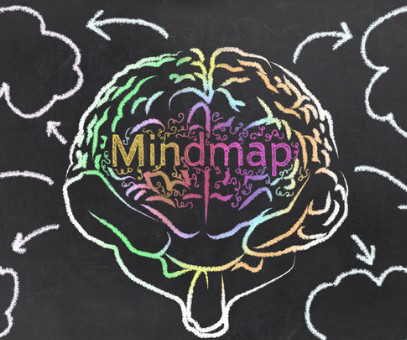Using Collaborative Learning to Elevate Students’ Educational Experiences
Faculty Focus
OCTOBER 15, 2024
Collaborative learning is an educational environment where students work together in smaller groups to achieve a common goal. Collaborative learning is analogous to the traditional learning model, in which teachers impact knowledge on students.
















Let's personalize your content